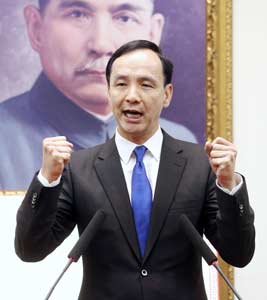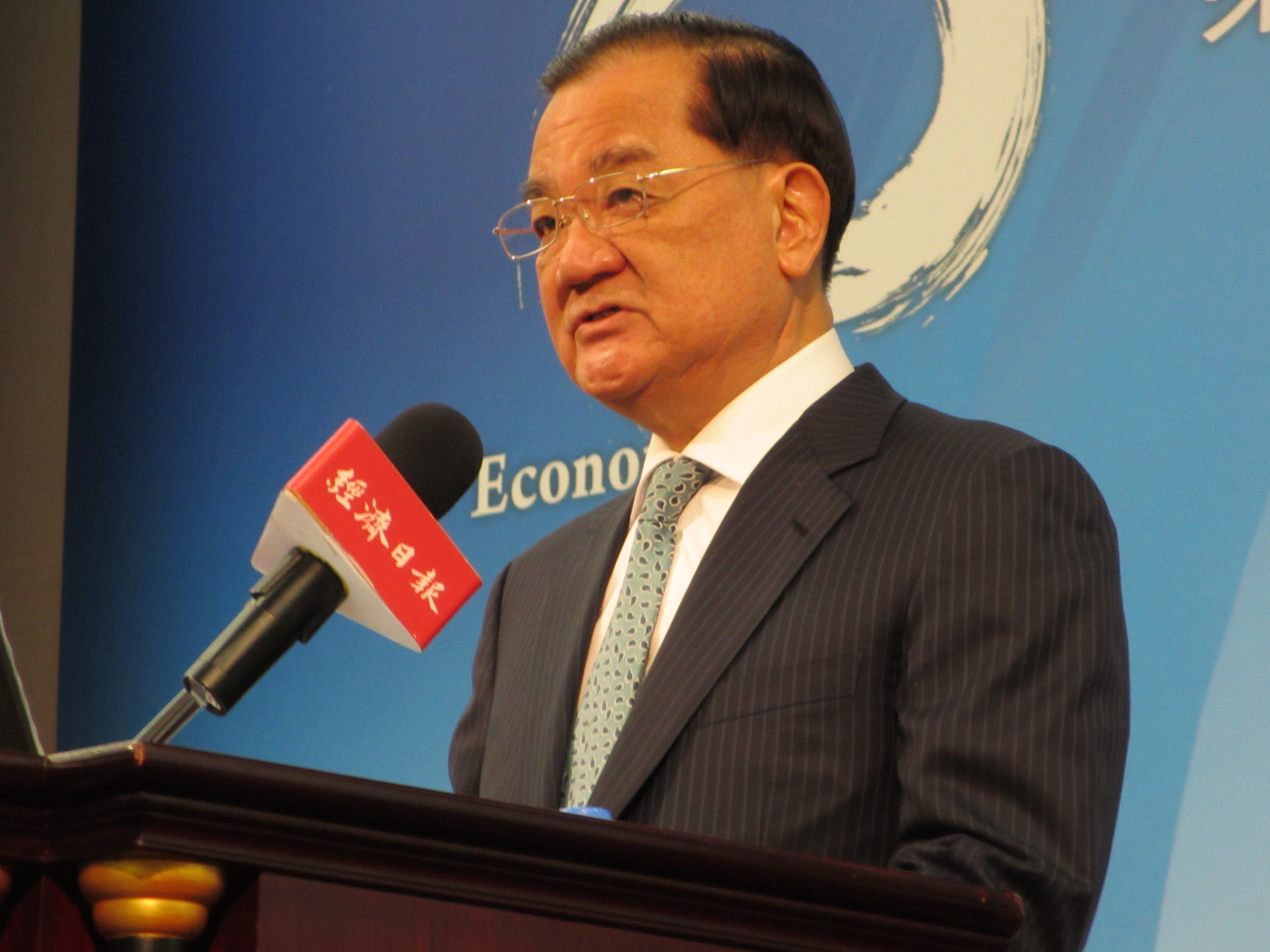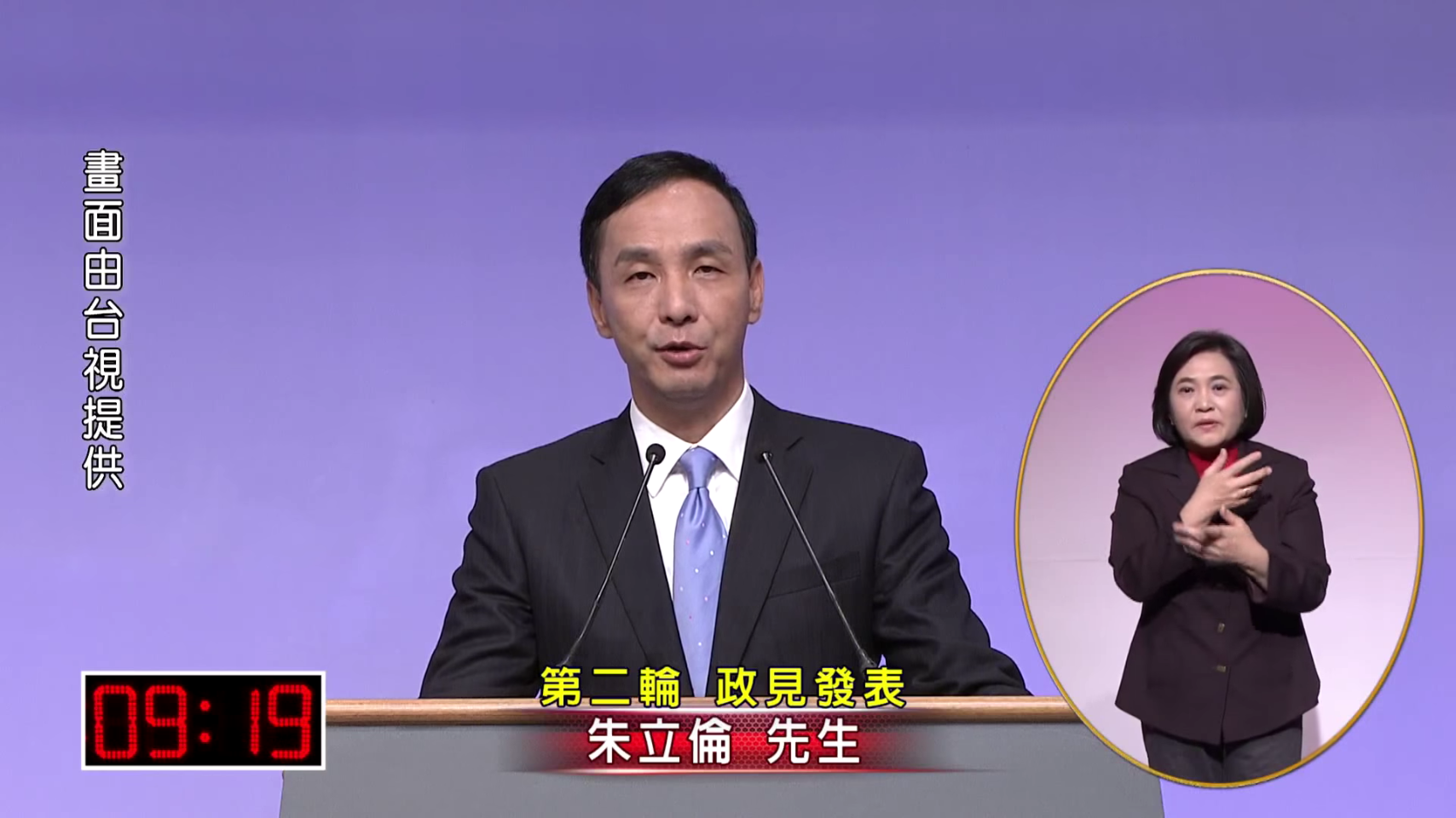by Tumin and Brian Hioe
語言:
English
Photo Credit: VOA/CC
Introduction: No More Overt ‘Bensheng versus ‘Waisheng’ Rhetoric?
UNLIKE THE 2008 election, 2012 elections, and 2014 elections, the closest we have seen to directly pitting identity against identity in 2016 elections would be subtle symbolism in the campaign videos of both parties. But, especially in the recent videos ad of the KMT, identity politics seem to have transformed, or have been represented by a different theme in this 2016 elections. Instead, what we saw were politics of class, gender, and generation.
Did identity politics simply disappear in 2016 elections? Not so, in fact. As argued by the Social Democratic Party and many others, Taiwan has entered an era where there it is clear that identity politics are in fact those of class.
The KMT’s recent “I Am Of the [Minguo] 50s” ad was far less emphatic on identity politics, as a reason for the past year’s political turmoil, rather recasting political conflict in terms of intergenerational conflict
Is it then true that the lack of overt identity politics in 2016 elections is a result of class conflict coming out into the open. It is not necessarily that all social factors terminates into the fundamental reason of class conflict. But now, when we do see identity politics being raised, we see that the KMT is using the shell of past ethnic conflict within Taiwan to disguise its class interest.
What is This ‘Waisheng’ Versus ‘Bensheng’ Rhetoric?
AFTER ITS DEFEAT to the CCP during the Chinese Civil War, the KMT fled to Taiwan and brought the Republic of China (ROC) government over with them. Those that came along with the KMT and the ROC government from “China”, then settled in Taiwan are called “Waisheng” people, because they come from “provinces” outside of Taiwan.”
The “Bensheng” people are those that lived in Taiwan before the KMT and the ROC government came over. Here, it is important to point out that the very usage of “Sheng” (省), which stands for province, accepts the rhetoric that Taiwan is a province of the ROC, a handy propaganda tool for the ROC government that came to occupy Taiwan. This is the origin of Taiwan’s “sub-ethnic” divisions. But do such divisions still hold in the present? We might take a look.
The Ethnic Card Game: “Mixed-Taiwanese” versus Fully Taiwanese?
TSAI ING-WEN is of Hakka origin in Pingtung County. Eric Chu was born to parents of the “mainland” and “Taiwanese” descent. Chu like, for that matter, Hung Hsiu-Chu, he could have embrace his mixed descent. But if Chu had not covered up his Taiwanese origins, he would not have been given the opportunity to rise to the position of the Chairman of the KMT. Indeed, Chu resembles his predecessor Ma Ying-Jeou in so many aspects that most of the hardliner KMT does not, in fact, question his background in any sense.
 Eric Chu. Photo credit: CNA
Eric Chu. Photo credit: CNA
It is interesting to point out that Tsai herself is incapable in a way of playing up the ethnic card of being “Taiwanese” to its full hilt. We often see that in the past during the Chen Shui-bian campaigns, Chen was known for his charismatic appeal speaking in full Taiwanese during large-rallies. Tsai plays up the ethnic card of her Hakka origins and of being a quarter Paiwan, but does not leverage on ethnic identity politics in as flamboyant a manner as Chen. Tsai would emphasize an inclusive, hybridized sense of identity, then.
The rise of a “Taiwanese” consciousness is unquestionable. But identity politics in its older form in its older form no longer works because of the changing political landscape in Taiwan. Namely, distinctions between past forms of identity no longer are so absolute.
The Interwoven Politics of Race and Class in Taiwan
TO BEGIN WITH, it is hard to actually physically discern between benshengren and waishengren. At the most, distinctions would be the accent and the dialect which they speak, yet this only resides in the older generation and not the younger generation, who often does not have fluent Taiwanese even when of bensheng descent. With the passage of time, waishengren and benshengren distinctions have become less absolute and more opaque. Since these distinctions between waisheng and bensheng no longer are so absolute, not only with the breakdown of linguistic divisions but also with many individuals being of mixed descent, we can see more and more that these relationships resolve to class relationships in the end. And it is that more and more waishengren identify with Taiwan rather than China.
Second, the current generation is all too aware of the crimes committed by the KMT in the past such as the 228 Massacre. When former vice president Lien Chan accused Ko Wen-Je of being descended from Japanese collaborators during the colonial period, this was too much even for many individuals who identify with pan-blue.
Third, although waishengren were given more opportunities during the period, given housing and assistance provided to veterans wealth inequality was not as high during industrialization in the 1970s. Given the growing inequality and dissatisfaction with the KMT’s poor leadership of Taiwan, people are starting to realize that it is no longer about ethnic backgrounds, but the class system that has managed to concrete itself through the industrialization of Taiwan whose stability is now breaking apart.
 Lien Chan. Photo credit: WikiCommons
Lien Chan. Photo credit: WikiCommons
Though the KMT during the Sunflower accused the DPP of being troublemakers seeking to foment social disorder using divisive identity politics, attributing the rise of the Sunflower Movement to this, the KMT disguises that it is acting for its own class interest using this shell of past ethnic relationships. But the lies of the KMT no longer hold water when it is that the old form of identity politics is on the decline in Taiwan. The KMT has itself learned from this lack of success, which is why during the past presidential election campaign, it did not bank on identity as much. .
It would be superficial to simply claim that all politics is due to class conflict. The interplay of race and class does not mean one takes precedence over another, or that one reduces to the other. It is not so simple as to claim that “race” and “class” simply intersect either. Rather, it is that racial stratification effects itself in terms of class.
But since the Taiwan national consciousness has been on the rise, with people tend to avoid the ethnic identity politics since they acknowledge the horizontal comradeship shared between those of waisheng and bensheng descent. This is the shift from exclusive ethno-nationalism, as we saw in the benshengren nationalism of Chen Shui-Bian era, to forms of civic nationalism and an open-ended, inclusive and hybridized sense of ethnic identity.
This is what should be very clear in aftermath of the Sunflower Movement, which during the movement itself, actually rejected the DPP’s attempt to come in with the old form of identity politics. It is notable, then, that neither did the DPP leverage on identity politics within election campaigning, but sought to appeal to this form of civic nationalism.
Conclusion
IN TRUTH, it is that not that identity politics has disappeared in 2016 elections. Rather, as we see recently, identity politics became transmuted into a new form with the KMT is using the shell of past ethnic conflict within Taiwan to disguise its class interest. As we saw in the recent presidential debate as well as the reference in the”I Am of the [Minguo] 50s Generation” ad to identification with the Republic of China, in its moment of weakness KMT is now marshaling its supporters, who are understandably discouraged by the past year, by suggesting that the past year’s events are an attack on its way of life. The KMT seeks to recast its party identification as a form of cultural identity under attack. The KMT now turns to old forms of identity politics in order to consolidate itself in is moment of weakness and to disguise where it is acting in its own class interest by using the shell of identity politics to defend itself.
 Eric Chu during the final presidential debate, in which he stressed cultural identification with the Republic of China. Photo credit: 中央選舉委員會
Eric Chu during the final presidential debate, in which he stressed cultural identification with the Republic of China. Photo credit: 中央選舉委員會
It is also true that Eric Chu, for example, had to play up his Mainlander heritage in order to become chairman and presidential candidate of the KMT, reflecting how identity politics does persist within the KMT. But if the old paradigm of identity politics more broadly seems to be on its way out for society writ large, more and more Taiwanese are realizing how the KMT only acts actually acts on its own class interest and not on the basis of identity. This is furthered by the development of an open-ended, inclusive form of identity, as we see in the Sunflower Movement. It may be that a day very soon, Taiwanese realize that the root of Taiwan’s dilemmas lay in class.
90’s baby, graduated with an unpromising degree of political science and economics from what Taiwanese called a “well-known” institution from America. Have wrote for several outlets and served in several election campaigns, always looking for interesting and mundane things to do simultaneously to affirm her ambivalence towards politics.
Brian Hioe was one of the founding editors of New Bloom, a freelance writer on social movements and politics, and an occasional translator. A New York native and Taiwanese-American, he has an MA in East Asian Languages and Cultures from Columbia University and graduated from New York University with majors in History, East Asian Studies, and English Literature.


 Eric Chu. Photo credit: CNA
Eric Chu. Photo credit: CNA Lien Chan. Photo credit: WikiCommons
Lien Chan. Photo credit: WikiCommons Eric Chu during the final presidential debate, in which he stressed cultural identification with the Republic of China. Photo credit: 中央選舉委員會
Eric Chu during the final presidential debate, in which he stressed cultural identification with the Republic of China. Photo credit: 中央選舉委員會